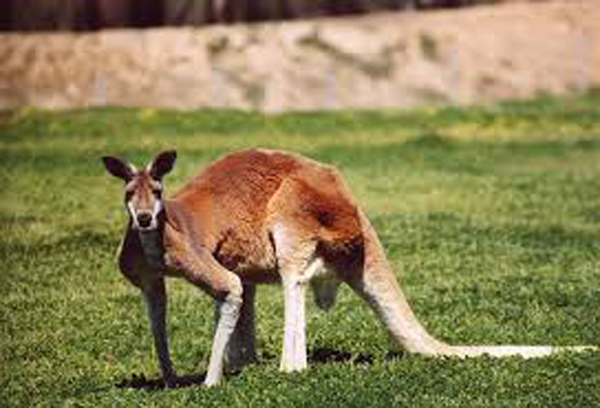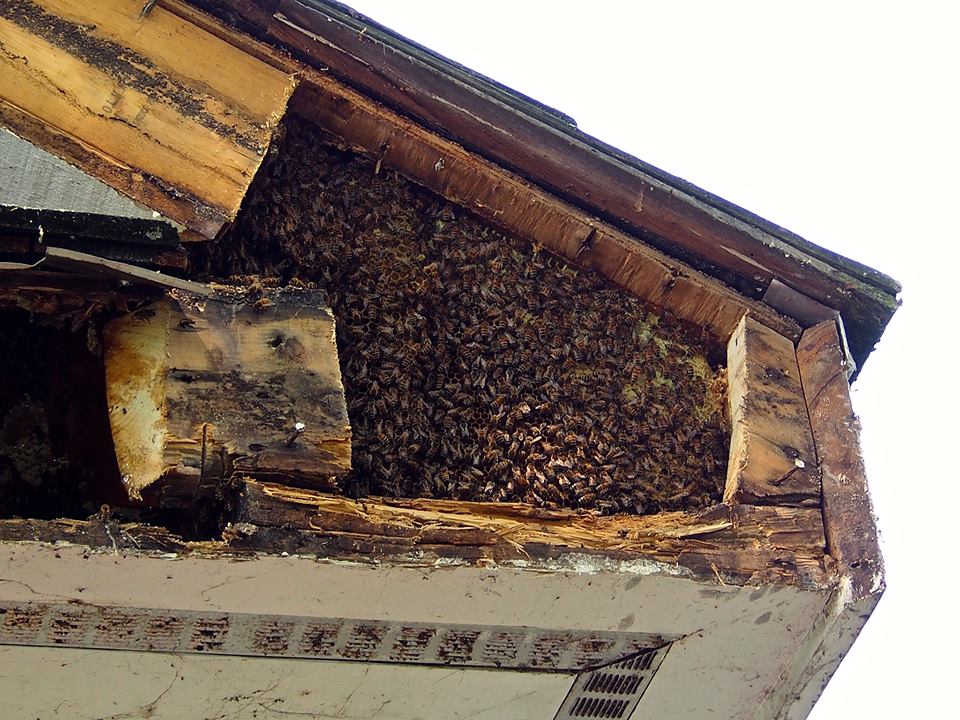It’s an anxious time for horticulturalists in New Zealand after a single male fruit fly was found in a surveillance trap in Whangarei earlier this week.
The fear is this single fly could be a harbinger of a highly-destructive population.
After this single fruit fly was found, the Ministry for Primary Industries (MPI) moved quickly to restrict the movement of fruit and vegetables.
The Queensland fruit fly, or Q’fly, is a native of Australia where it is considered to be the country’s most serious insect pest of fruit and vegetable crops.
The species is found in the eastern areas of Queensland and New South Wales and the extreme east of Victoria. Queensland fruit fly has also dispersed into Pacific countries such as New Caledonia via human activity.
New Zealand currently remains free of fruit fly and the country’s $4-billion horticulture industry wants to keep it that way.
Fruit flies belong to the family Tephritidae, which includes over 4,500 species, most of which are not pests. Queensland fruit fly is one of the most damaging fruit fly pests as it infests more than 100 species of fruit. Hosts include commercial crops such as avocado, citrus, feijoa, grape, peppers, persimmon, pipfruit, and stonefruit.
If this fly were to establish here, it would have serious consequences for New Zealand’s horticultural industry.
MPI operates a lure based surveillance trapping system, to both provide early detection of incursions and to provide area freedom assurance for our export horticulture. Some 7,500 traps are located throughout the North and South Islands and are concentrated in populated areas serving as centres for tourism and/or trade, areas of significant horticultural activity and areas specified as being climatically conducive to the establishment of fruit fly.
Horticulture New Zealand president Julian Raine said in an interview with the New Zealand Herald the industry was collectively holding its breath while it waited to see if any more flies turned up in traps.
“This is an anxious time for all growers and the whole horticulture industry,” she said. “We are watching the response efforts very closely and providing support and advice to the ministry where we can.”
h/t: New Zealand MPI and New Zealand Herald
Photo credit: MPI




